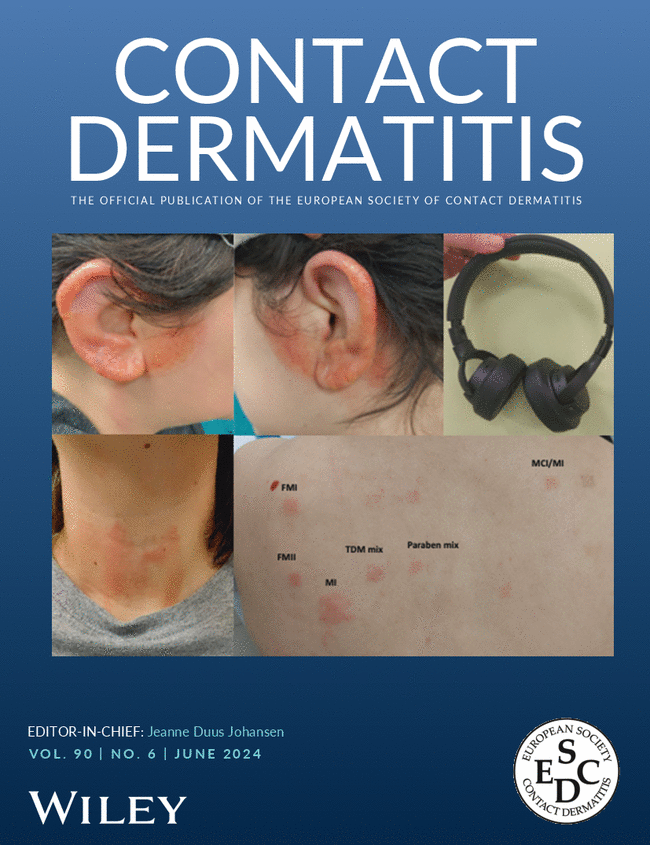Biomonitoring of hand and forearm transepidermal water loss and skin pH among nursing apprentices
Abstract
Background
Measurements of transepidermal water loss (TEWL) and stratum corneum (SC) pH can help indicate work-related skin barrier damage, but sensitivity to confounding personal and ambient factors limits their potential as biomonitoring tools.
Objectives
To evaluate the difference between hand and forearm skin barrier conditions as a tool for early recognition of workers with occupational contact dermatitis.
Participants and Methods
The participants were nursing apprentices (N = 238, median age 19 years) from Zagreb, Croatia. They filled out a questionnaire based on the Nordic Occupational Skin Questionnaire, underwent a clinical examination of skin on the hands, and were evaluated for their TEWL and SC pH on the dorsum of the hand and volar part of the forearm.
Results
We found that the difference between hand and forearm TEWL values (ΔTEWL) greater than 7 g/m2/h, or >50%, or the difference in SC ΔpH >0.50, predicted visible skin changes found on clinical examination. However, only the association with ΔpH >0.50 retained statistical significance when controlled for sex, age, ambient temperature, and relative humidity in a multiple regression model.
Conclusions
The difference between hand and forearm SC pH values is suggested as a reliable biomonitoring tool in recognition of damaged skin barrier conditions in occupational settings.


 求助内容:
求助内容: 应助结果提醒方式:
应助结果提醒方式:


